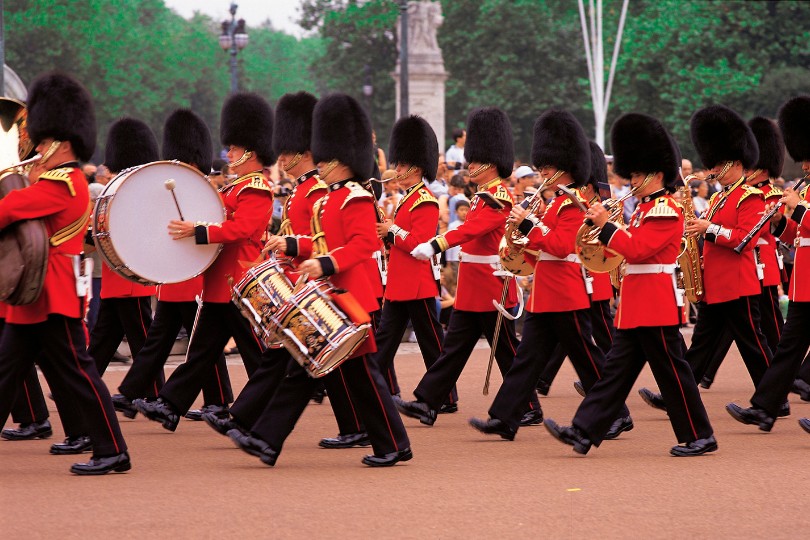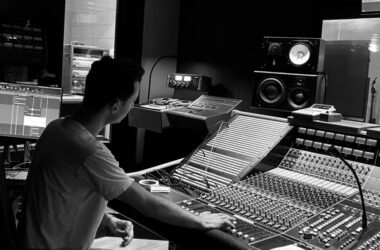Marching bands are known for their symphony of sound rather than their individual instruments but that hasn’t stopped us, and many others, from wondering: What makes that sound?
Indeed, the sound of a marching band is so unique as to be undeniable but its component parts are all too familiar to anyone with a passing interest in classical music. That’s because many of the same instruments you see in an orchestra make it into a marching band.
The difference our ear hears is all due to cadence, tempo, style, and the general fusion of sounds that make marching bands just a bit livelier, louder, and, honestly, more fun.
After all, no one gets hyped up for a game listening to a symphony orchestra, even though that ensemble is a marching band’s nearest relative if anything else.
Here are some of the top 10 instruments you are likely to hear during a marching band performance as well as a bit about the role they play in the overall musical composition:
Snare Drum
An instrument with a long history in military bands and marches, snare drums have that unique hollow tap that sets the rhythm and cadence of a march or sets up the beat for a pep rally performance.
Tenor Drum
An accompaniment to the snare drum corp, tenor drums add depth and weight to the music established by the snare drum. Because of this, you will often see them in fixed ratios such as three snare drums and two tenor drums.
Bass Drum
Large drums that are strapped to the chest, bass drums make use of small, padded mallets to generate deep, booming sounds that, working in concert with the snare drums, completely round out the sound generated by the percussion instruments.
Cymbals
Similar to single cymbal found in drum sets, cymbals when used together offer yet another unique sound that, when combined with other percussion instruments, gives marching band music its unique spirit and rhythm. Often very loud when clanged together, controlling this volume is part of the cymbal player’s unique skill set and knowing how to properly modulate this helps situate cymbal players within the larger percussion section.
Glockenspiel/Wood Blocks
This instrument offers a note frequency that is on the opposite spectrum of drums in that it is high pitched and lifts up the music’s mood as a result.
Trumpet
What is a marching band without trumpets? For many people, this is the quintessential instrument in a marching band – and for good reasons. Able to tackle both harmony and melody lines, trumpets give marching bands their characteristically loud, brassy character.
Cornet and Trombone
A softer sound than the trumpet, cornets, and trombones are essential to the modern marching band with the latter, like the trumpet, able to handle both melody and harmony.
Flute and Piccolo
The flute is a high-pitched woodwind instrument that, along with the piccolo, is often used to carry the melody in a marching band. The main difference between the two is that the latter tends to produce a more high-pitched sound while both share the characteristic of being playable solo.
Clarinet
Similar to a flute but capable of hitting low notes, clarinets are also among some of the oldest instruments found in a marching band alongside drums, flutes, and trumpets.
Saxophone
There are many different types of saxophones, each capable of hitting a different range of notes. Among the newest instruments in a marching band, the advent of Jazz music and its popularity in the 1900s made saxophones an indispensable part of the spirit that marching band music often conveys. High energy and capable of carrying a solo show without any issues, saxophones remain some of the most dynamic, as well as iconic, instruments in a marching band.







